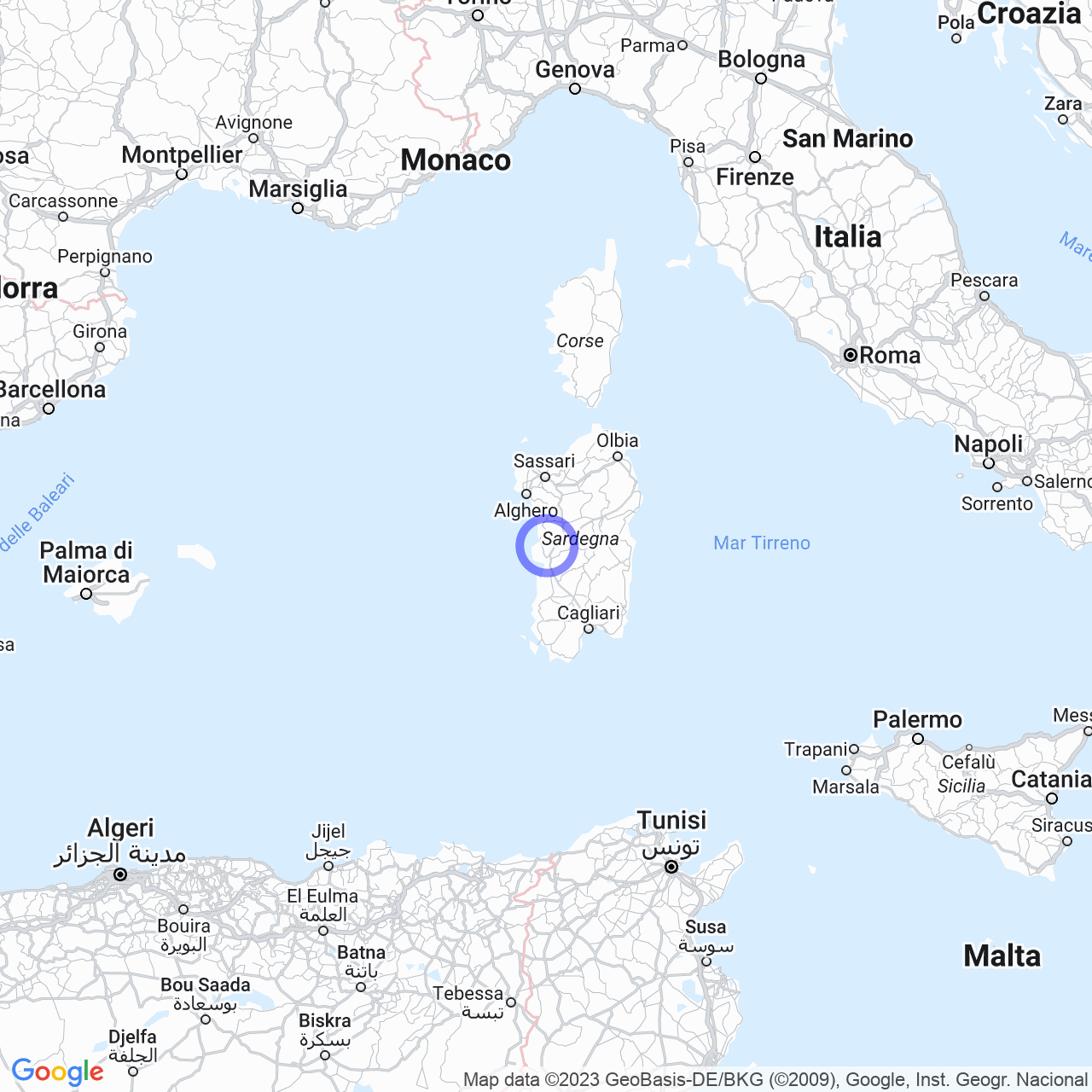Narbolia
Welcome to Narbolia, a charming municipality in Sardinia
If you're looking for an enchanting and authentic place to spend your summer holidays, Narbolia could be the destination for you. Located on the outskirts of the Campidano di Oristano and at the foot of the Montiferru mountain range, this Italian municipality in the province of Oristano in Sardinia is home to an ancient history that dates back to prehistoric times. With its 1690 inhabitants, Narbolia is a quiet place, surrounded by the unspoiled nature characteristic of the area and is highly appreciated by both Italian and foreign tourists. This article will provide you with all the necessary information about the territory, the origin of the name, and the history of Narbolia.

Physical Geography
Territory
Narbolia is located a few kilometers from the sea, on the Sinis peninsula, an area famous for its white and fine sandy beaches. If you're searching for natural beauty, this is the right place for you. But Narbolia is not just about the sea: the municipal territory reaches a maximum height of 475 meters at Mount Rassu, which is part of the Montiferru mountain range. Here, you can admire a breathtaking view of the valley and the surrounding mountains. The Cadreas plain, a very fertile area used for agriculture, viticulture, and pastoralism, is a must-visit if you're in the area. Here there is the ruin of a large house called "Casa Meloni," which once housed shepherds and rural workers. Today, the territory is divided into many properties.
Origin of the Name
The name "Narbolia" is thought to derive from the presence of the tree mallow, called "narbonia" in Sardinian. This plant was very common in the area and seems to have influenced the name of the municipality. The Narbolians, on the other hand, call their municipality "Narabuìa," which sounds even more beautiful in Sardinian. There is also another suggestive hypothesis on the derivation of the name of the municipality, taken from the word "Nurapolis," which was invented in the late 1970s by a group of students from the homonymous co-op who wanted to pay homage to the numerous nuraghi present in the municipal territory. Among the most famous are the "Tradori," the "Zoddias," the "Zufais," the "Araganzola" (quadrilobate), the "Cresia," the "Terra Craccus," and the "Tunis" nuraghe.
History
The territory of Narbolia has an ancient history and has been frequented since the pre-Nuragic and Nuragic period. In medieval times, the Narbolia village was part of the Arborea Judicate, inserted in the Parte Milis curatorship. The fortified village had considerable importance in the Judicate era and gradually declined. At the fall of the Judicate (1420), it became part of the Oristano march and subsequently, at the definitive defeat of the Arborenses in 1478, of the Aragonese Kingdom of Sardinia. Under the Aragonese, it became a royal fief, incorporated in the eighteenth century into the Arcais march, fief of the Flores Nurra. The town suffered many attacks by the Barbary pirates who ravaged Sardinia: particularly fierce were the assaults of 1623, when the inhabitants, already reduced to chains, were freed by the Senegalese led by the church of origin.
Conclusions
Narbolia is a unique place where you can experience art, culture, and nature in harmony. Although small, this municipality in Sardinia has a lot to offer its visitors, and you will be surprised by the beauty of this place. Thanks to its beaches, richness of flora and fauna, and ancient history, Narbolia is an ideal destination for those who want to relax and enjoy the wonders of Sardinia. Come and discover the beauty of Narbolia, and you won't be disappointed!
